Fastest Browsers to Access High-Traffic Websites
First, check your internet connection for optimal results
6 min. read
Updated on
Read our disclosure page to find out how can you help Windows Report sustain the editorial team. Read more

There’s nothing wrong with wanting to cut corners, especially when you want to access high-traffic websites faster. First and foremost, you need a resilient and trustworthy browser to access a busy website.
The good news is, that there are a few great options available if you want to know how to access a site when it has high traffic:
- Opera One – Resource-friendly browser to open heavy traffic websites easily
- Chrome – Faster page loading for priority on websites
- Edge – Improved compatibility to access busy websites
- Vivaldi – Fully-featured browser to load & access websites faster
- Brave – Private browser to access blocked sites without VPN
- Firefox – Best way to open high-traffic sites when the server is busy
- Puffin – Rendering websites on cloud servers
Let’s take a closer look at what they offer.
What is the best browser to access a busy website?
1. Opera One – Best browser for busy websites
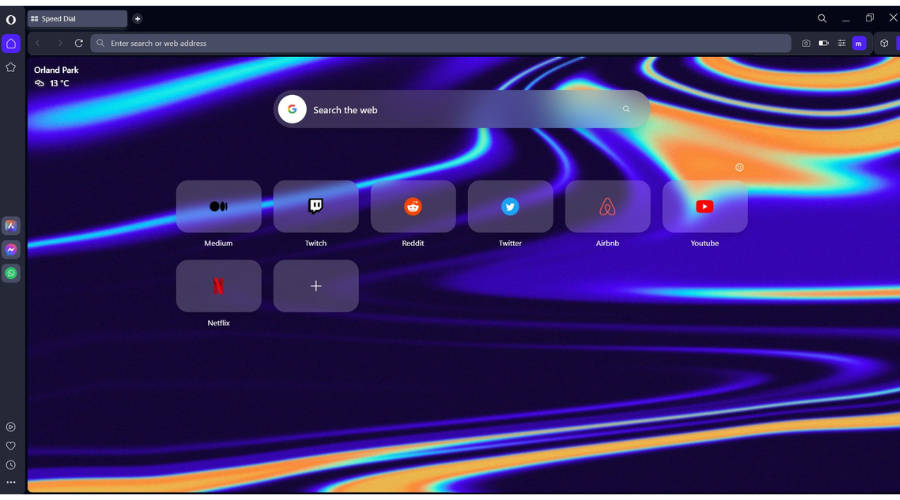
Using the Chromium-based rendering engine, the Opera One browser is the fastest on the list.
We tested it numerous times and it always ranks better than Chrome when it comes to swiftness.
Plus, Opera One’s features, such as the ad blocker, battery saver, Turbo mode, and VPN, help to optimize and accelerate the browser’s performance.
Main features:
- Low resource usage
- Built-in ad-blocker for faster page loading
- Opera Turbo feature to compress data
- Option to turn off images and browser sessions
- Extend battery life with battery-saver mode

Opera One
Opera One is the go-to browser for busy websites thanks to its low resource usage and built-in adblocker for faster page loading.2. Google Chrome – Faster page loading
Chrome loads pages much faster than most of its competitors. Best of all, most of the website codes are compatible with the browser.
While there could be some website issues occasionally due to high traffic, Chrome manages it well with most websites most times.
As a matter of fact, the mobile version of Chrome is more capable when it comes to loading busy websites.
Major features:
- Follows the latest World Wide Web rules for displaying websites
- Incorporates more recent technology and the latest web coding benchmarks
- Effortless integration with all Google products
- Wide choice of extensions
- Useful tools for troubleshooting broken websites
3. Microsoft Edge – Improved site compatibility
When talking about opening a heavy-load website, the updated and swanky Microsoft Edge browser does pretty well.
It runs fast thanks to its efficient Chromium engine. Edge loads web pages quickly and smoothly.
Apart from its unique privacy features, it’s also known for its site compatibility.
Key features:
- Improved performance in terms of memory and disk usage
- Saves memory on tabs when not viewing
- Extensions like The Great Suspender help faster web page loading
- Option to optimize new tab page experience
- Effortlessly loads some Microsoft-specific links
4. Vivaldi – Fully-featured browser
Vivaldi’s hibernating tab function optimizes its overall speed and performance.
It frees up the system resources by keeping the selected tabs open but not running.
Best of all, this Chromium-based browser works with most of the extensions offered by the Chrome web store.
Main features:
- A customizable browser that does not need extensions as extra load
- Reduced RAM usage
- A great option for power users
- Improved web applications management
- Faster page loading even with several tabs open
5. Brave – Private browser
A good alternative to Chrome and Edge, Brave is another great option if you want to access busy sites.
Despite the robust privacy and security features, Brave does not compromise on speed and emerges as one of the fastest and most intuitive browsers.
Its powerful built-in ad blocker ensures complete privacy and security of your personal data as you browse through websites.
Main features:
- Efficient usage of memory resources
- No privacy extension required
- Shows no latency at high page loads
- Private browsing available for unreachable websites
- Fewer extensions increase the speed
6. Mozilla Firefox – Privacy-focused browser
An outstanding browser for daily tasks like working on emails or browsing, Firefox records a good speed and performance.
Furthermore, its strong privacy feature gives it an edge over Edge or Chrome.
It helps you to access unreachable websites using 3rd party servers without worrying about the security of your data.
Main features:
- Easy to use
- Wide choice of extensions
- The Reader View option frees up a cluttered webpage
- Lesser memory usage
- Uses just enough memory for better performance
7. Puffin – Rendering websites on cloud servers
The best part about Puffin is that it shifts the device workload to its own cloud servers, thus, facilitating faster page loading.
Moreover, with its robust privacy policy, it protects devices from web threats that you may come across while trying to access a high-traffic website.
As a bonus, you can also stay updated with the latest happenings across the world, with its Newsfeed.
Key features:
- Top-notch security
- Excellent data-saving ability
- Uses minimum resources
- Simple interface with minimum load
- Easy to use
How do I access high-traffic sites?
- Go to Google search and type the name of the website.
- As the website name appears, click on the three dots next to it.
- Here, go to the bottom right and click on Cached.
To access a website that fails to open due to excess traffic, you can use a CDN (Content Delivery Network) service.
It’s a collection of geographically distributed proxy servers that work along with data centers to bring the cache copy of the website to your location.
For example, to use a free service like CoralCDN, simply add .nyud.net at the end of your website URL. This will open Google’s cache of the said website with all the content in place.
You may often come across situations when you click on a URL and the page opens to an error code. There can be many different reasons why a site is unreachable:
How do I access a website that is down?
You can visit the Wayback Machine page for Internet archives to access a website that is down.
So, when a website is unreachable, you can try changing the browser to the one from our recommendations to access the desired content easily.
However, if you are unable to connect to websites due to browser security verification loops, you can refer to our detailed post for solutions.
If you are still struggling to open a website due to any other errors, do let us know in the comments box below.
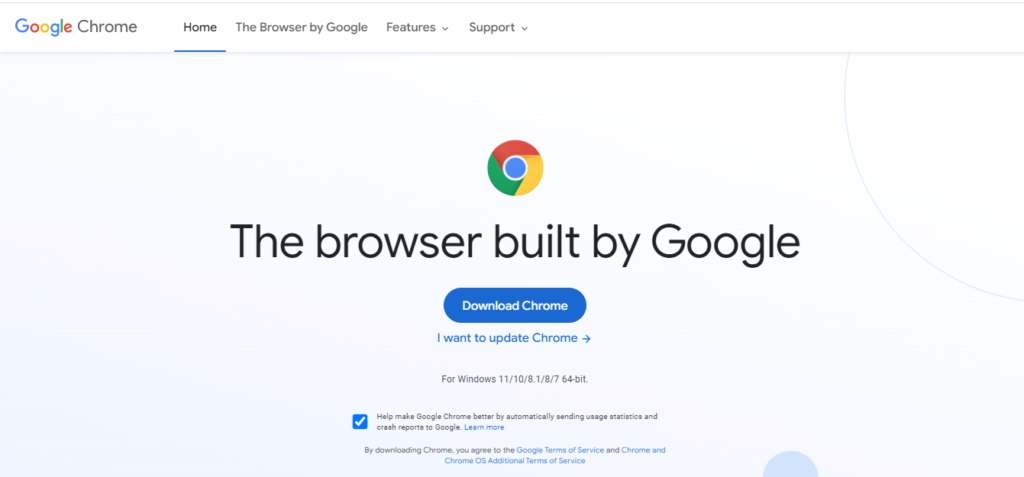
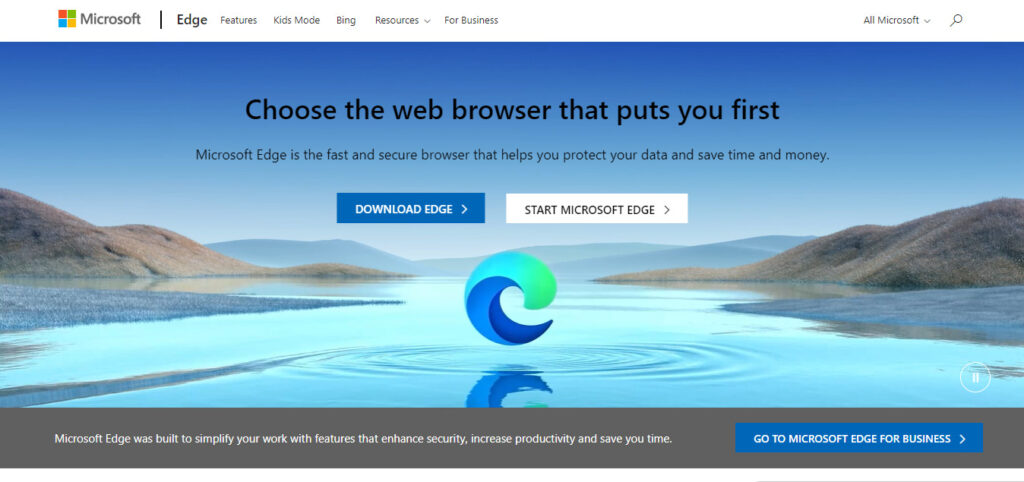
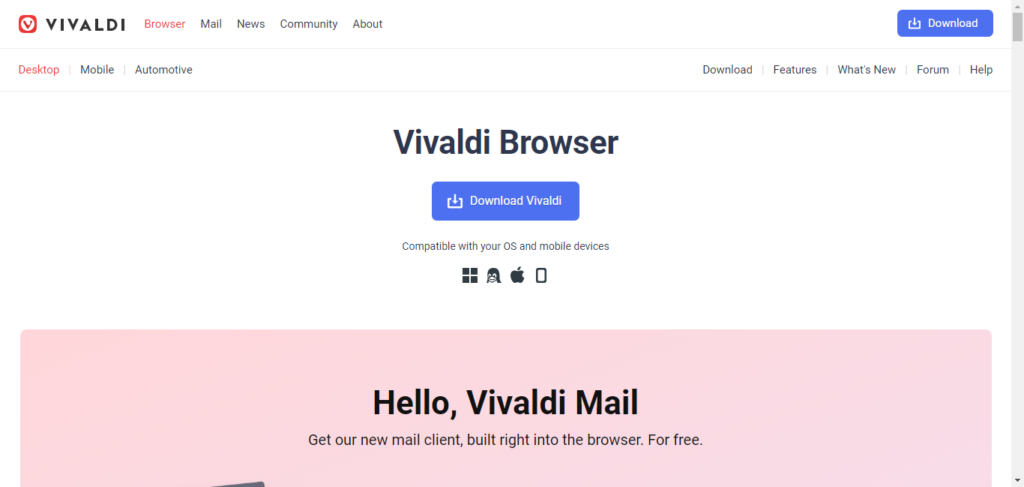
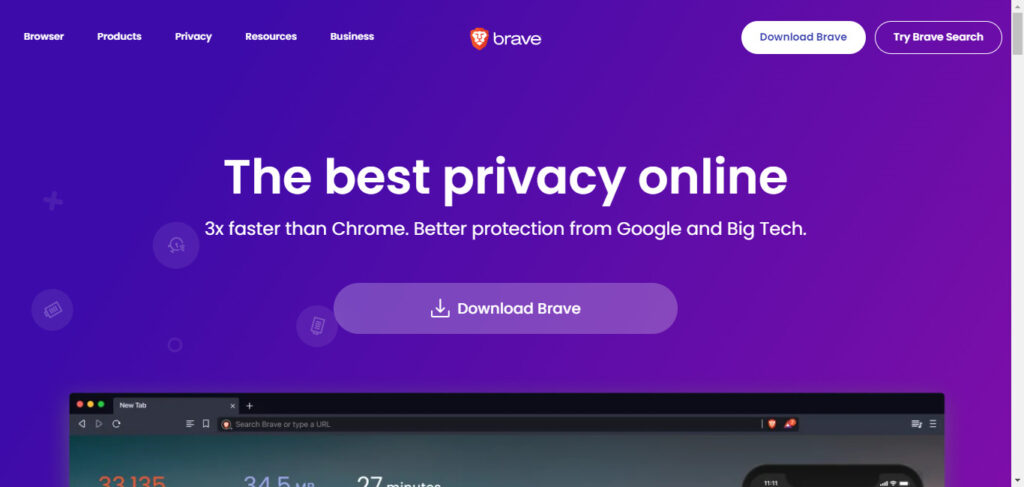
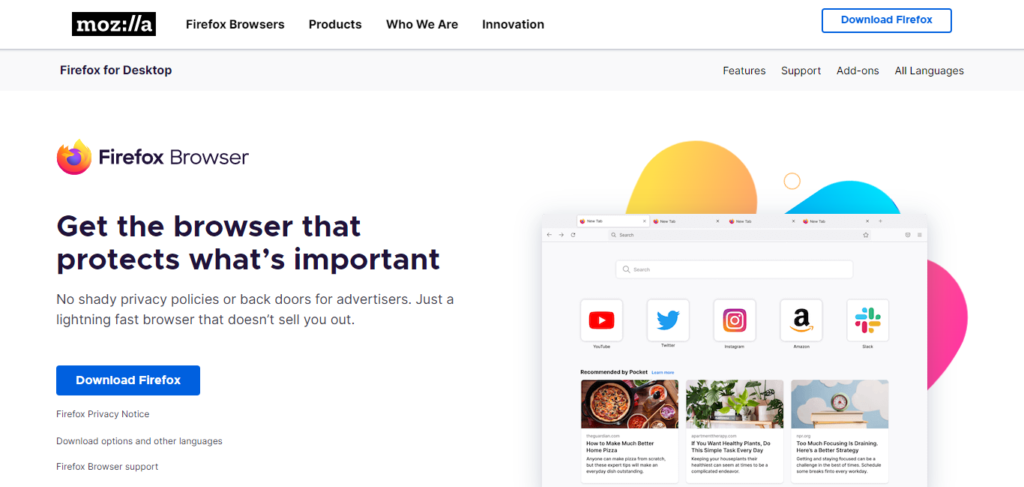
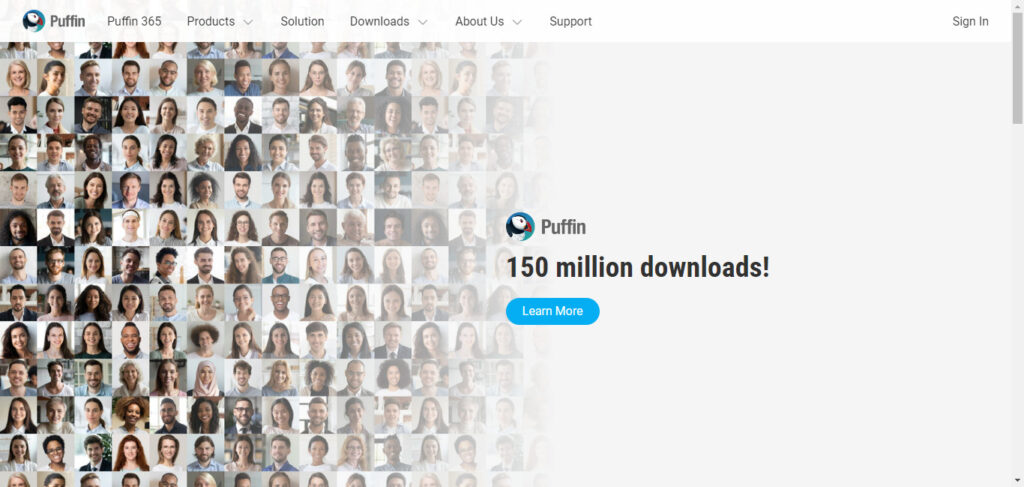
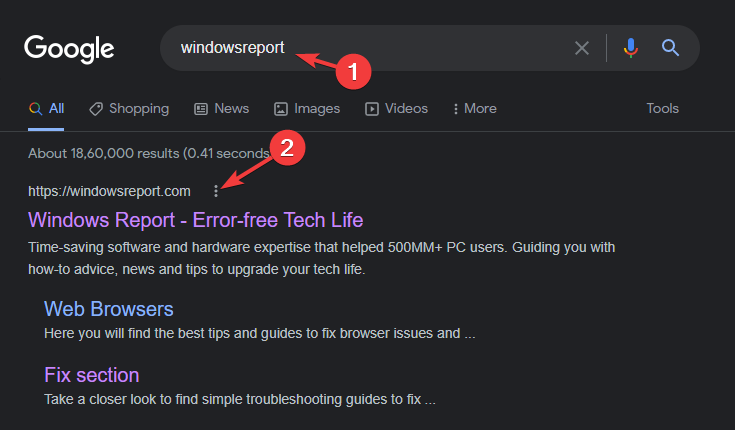
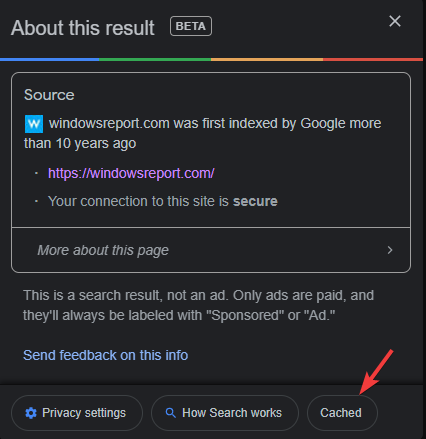
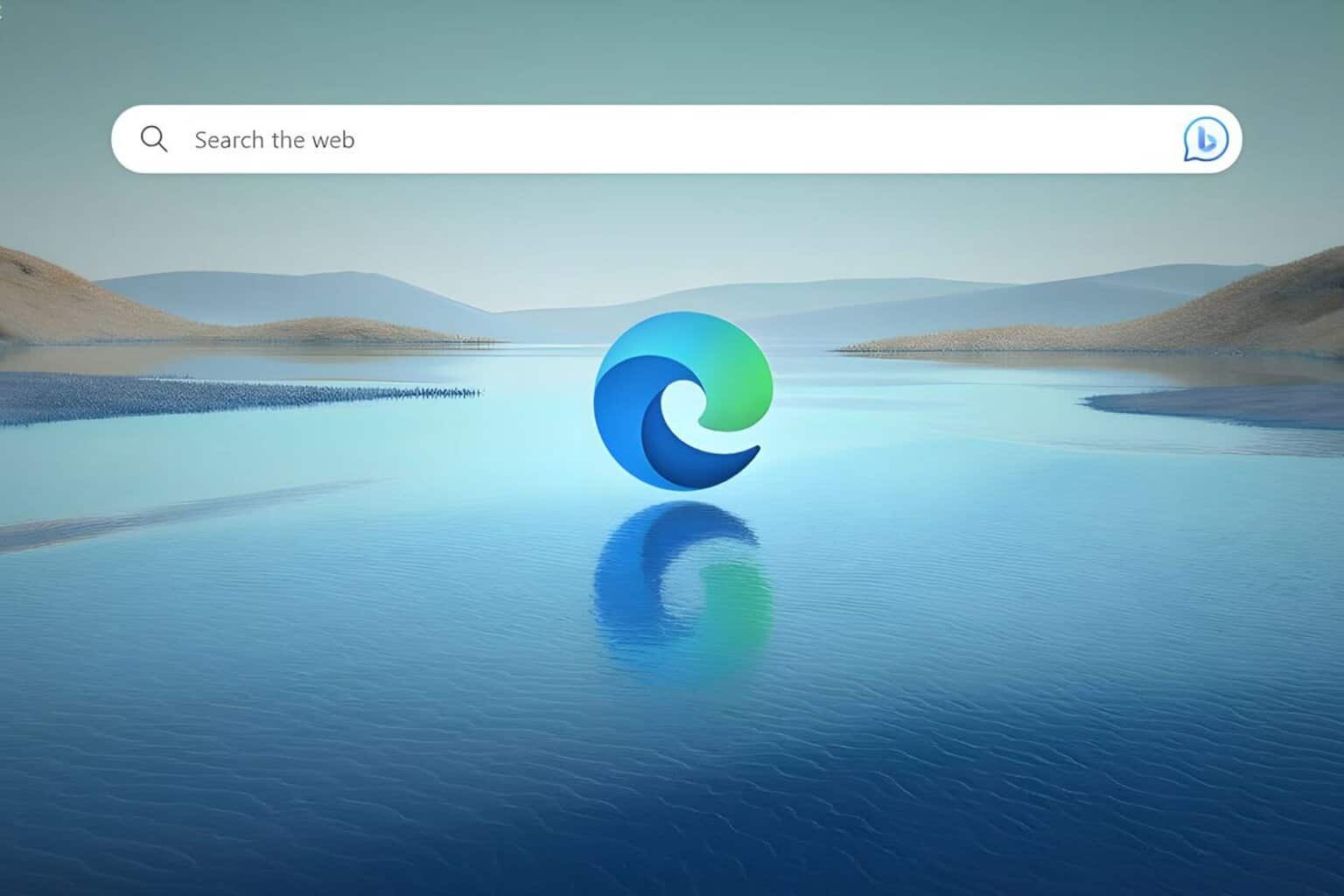


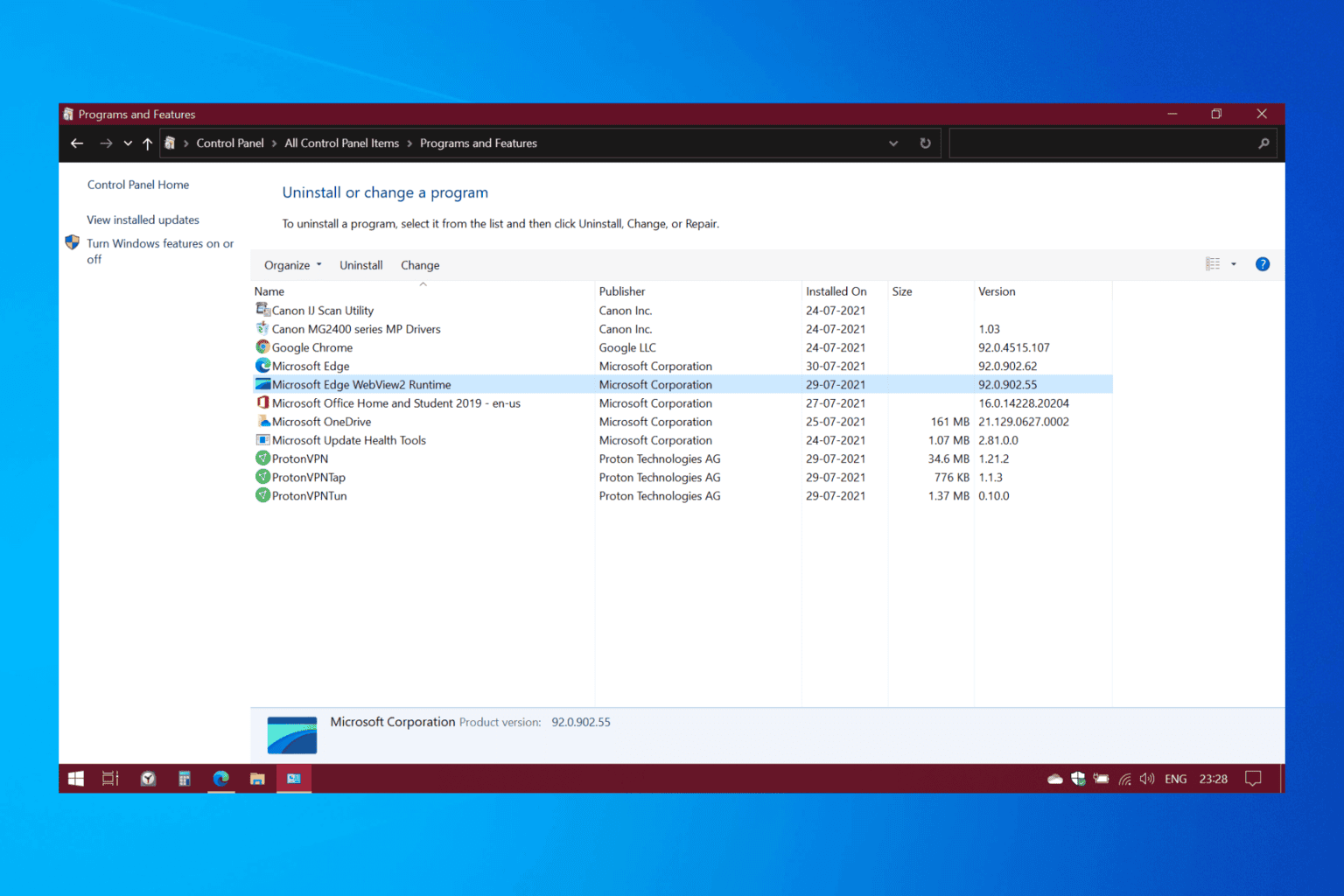
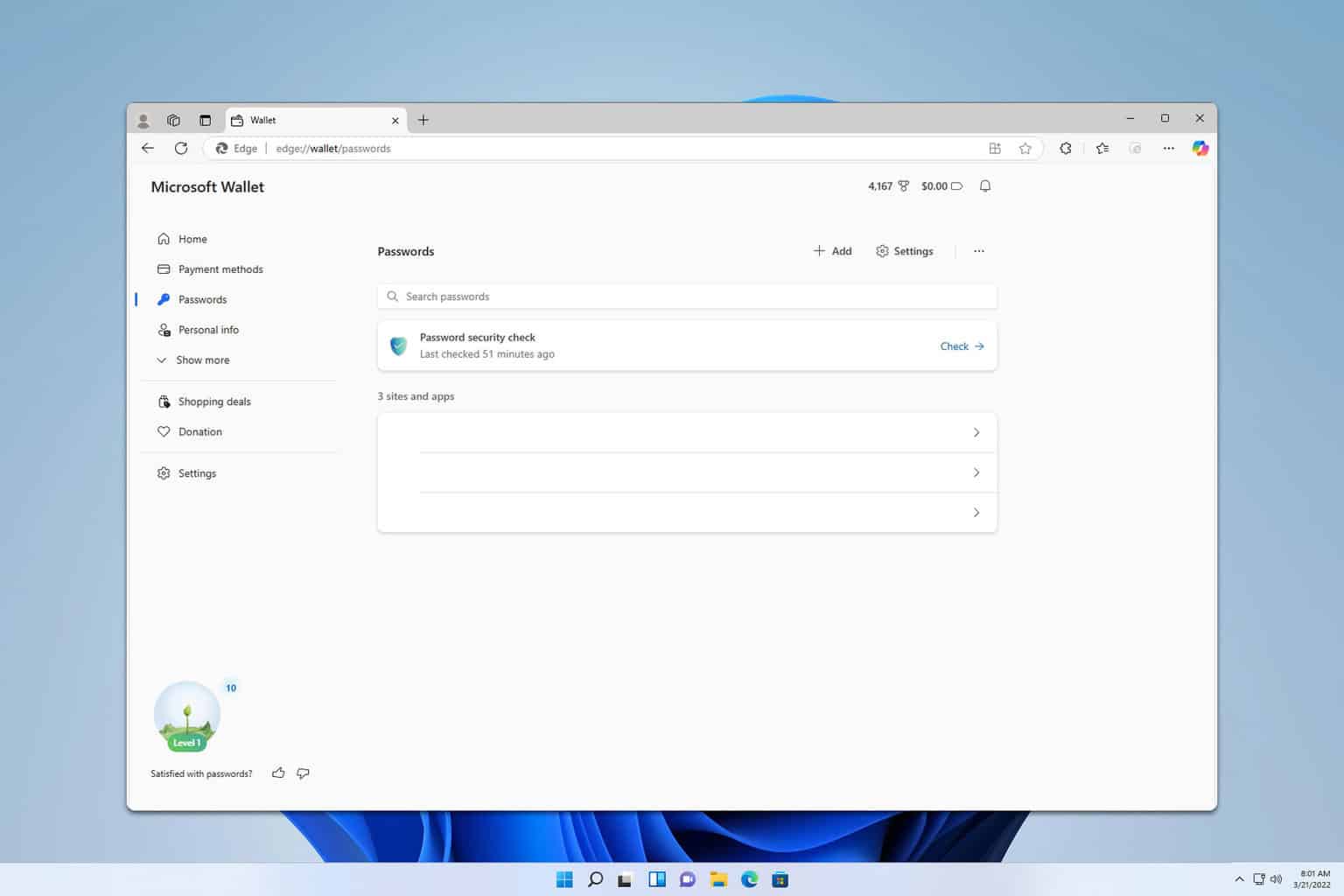
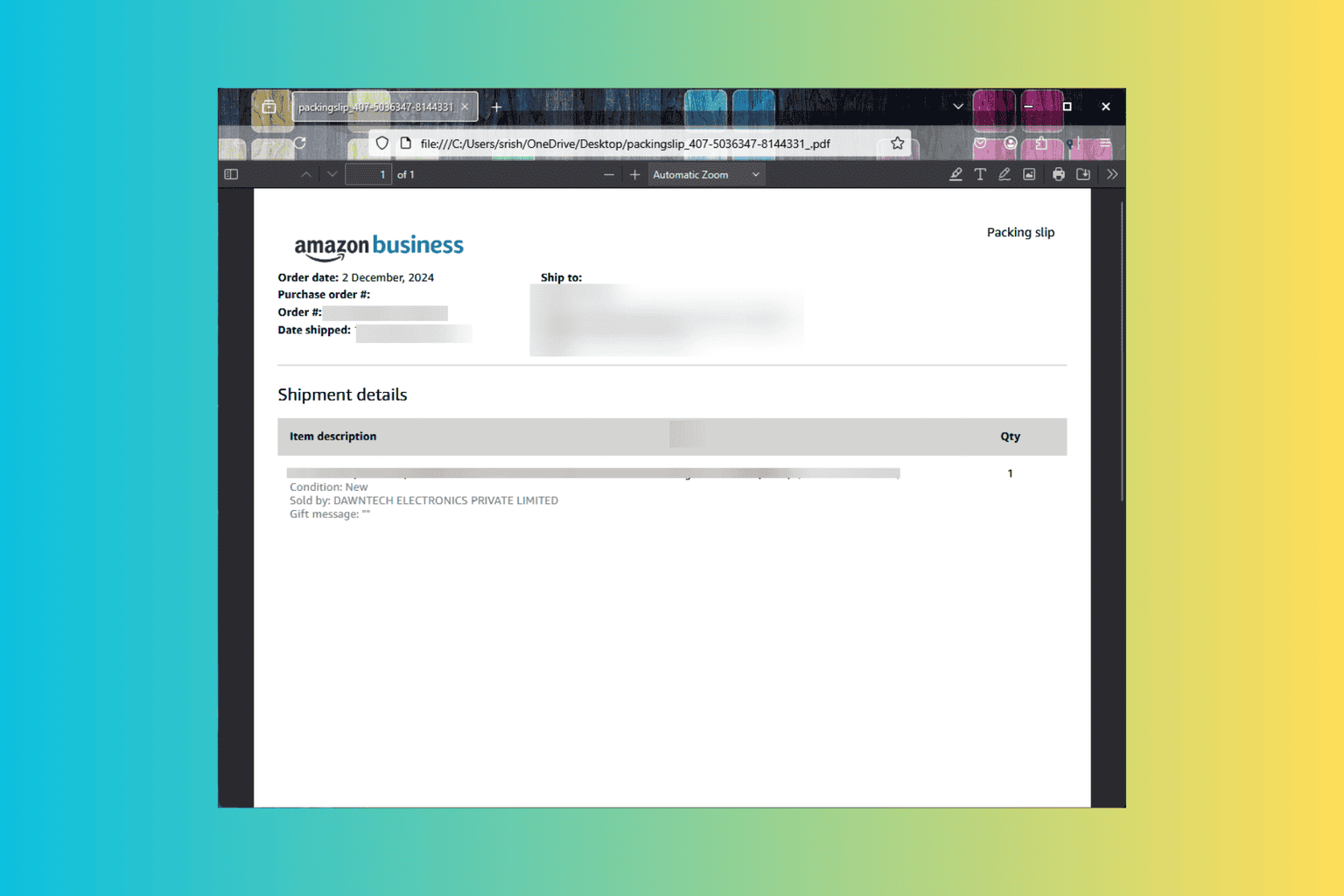
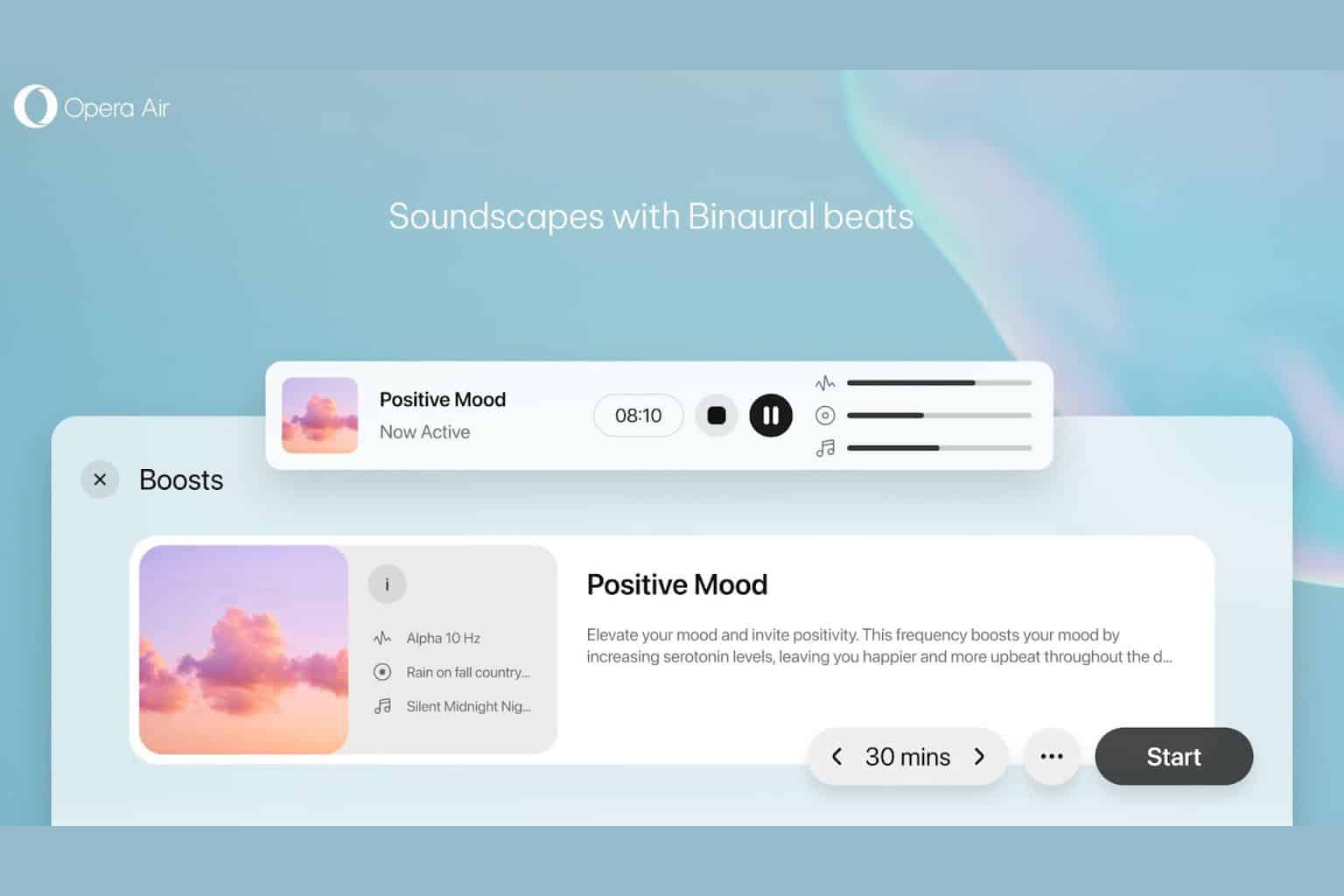

User forum
0 messages